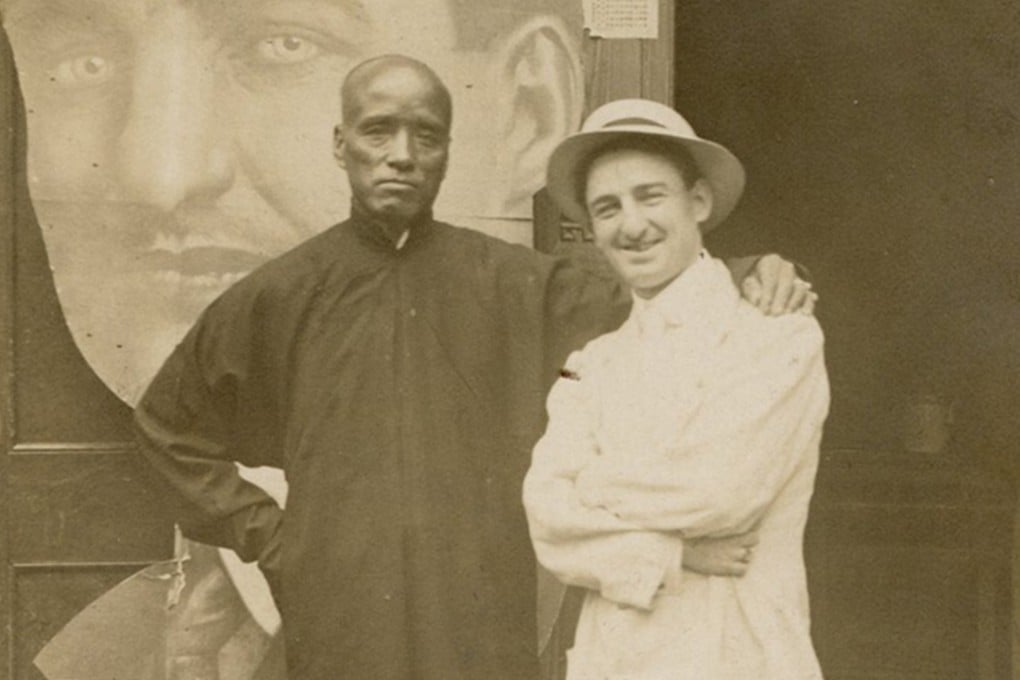Houdini called him a ‘super magician’ and an American pretended to be Chinese to copy his act. Who was Ching Ling Foo?
- Ching Ling Foo, the ‘Original Chinese Conjuror’, took the US by storm 120 years ago and became one of the highest paid entertainers in the country – twice

Hailed by Harry Houdini as a “super magician” in his 1920 book, Miracle Mongers and Their Methods, as well as a personal friend, travelling conjuror Ching Ling Foo arguably performed his greatest trick offstage.
Born Zhu Liankui to a family based in the port city of Tianjin, in 1854, the man America would come to know as “the Original Chinese Conjuror” overcame a speech impediment and the early death of his father to pursue a passion for illusion, ignited by the street-corner performers and card sharps of his childhood.
By the time he was able to test his talents in the American market, Foo was already an established star in Asia, a success built on an ability to freshen what, for many, had become stale traditional Chinese magic.

By 1898, Foo had transformed from Zhu the Stutterer to the leader of a carefully assembled troupe of jugglers, contortionists and acrobats, performing regularly for large audiences in China, and for the governors of both Hong Kong and Singapore.
This exposure led the Chinese-American entrepreneurs behind the 1898 Omaha World’s Fair Chinese Village to sign the Foo troupe, who proved an even bigger hit with US audiences. Foo’s fame, abetted by fledgling newswire services, spread rapidly across the country. According to the Chicago Daily News, the Chinese Theatre was “crowded from morning until night”.
